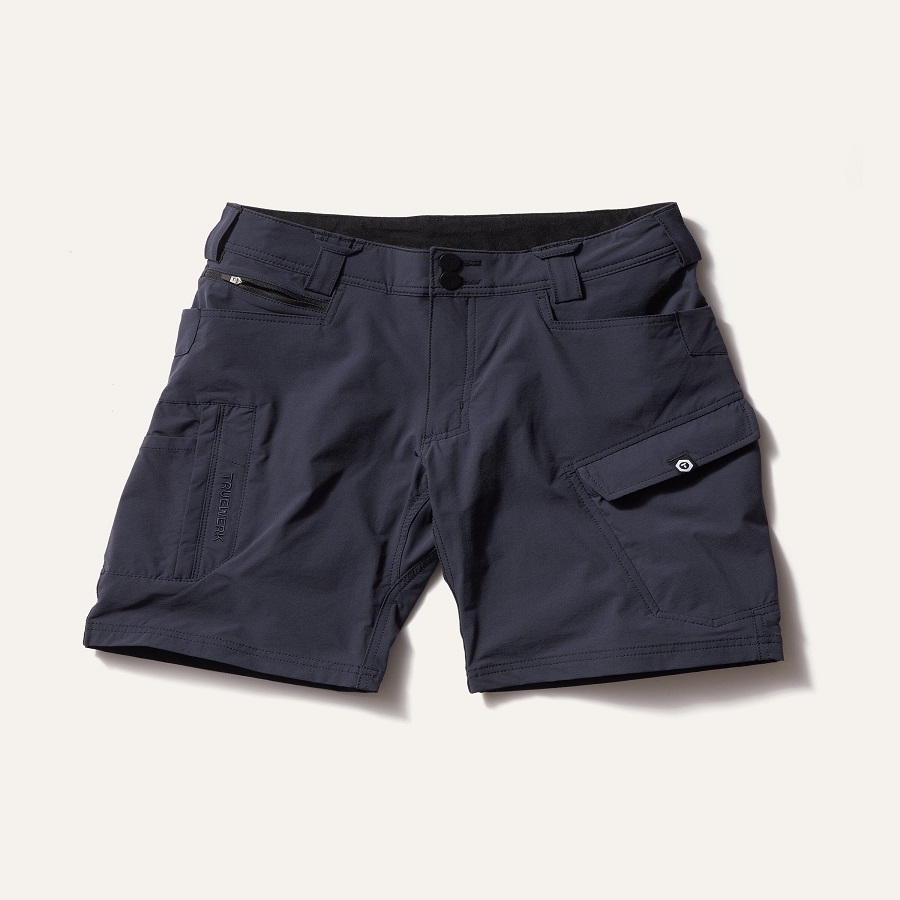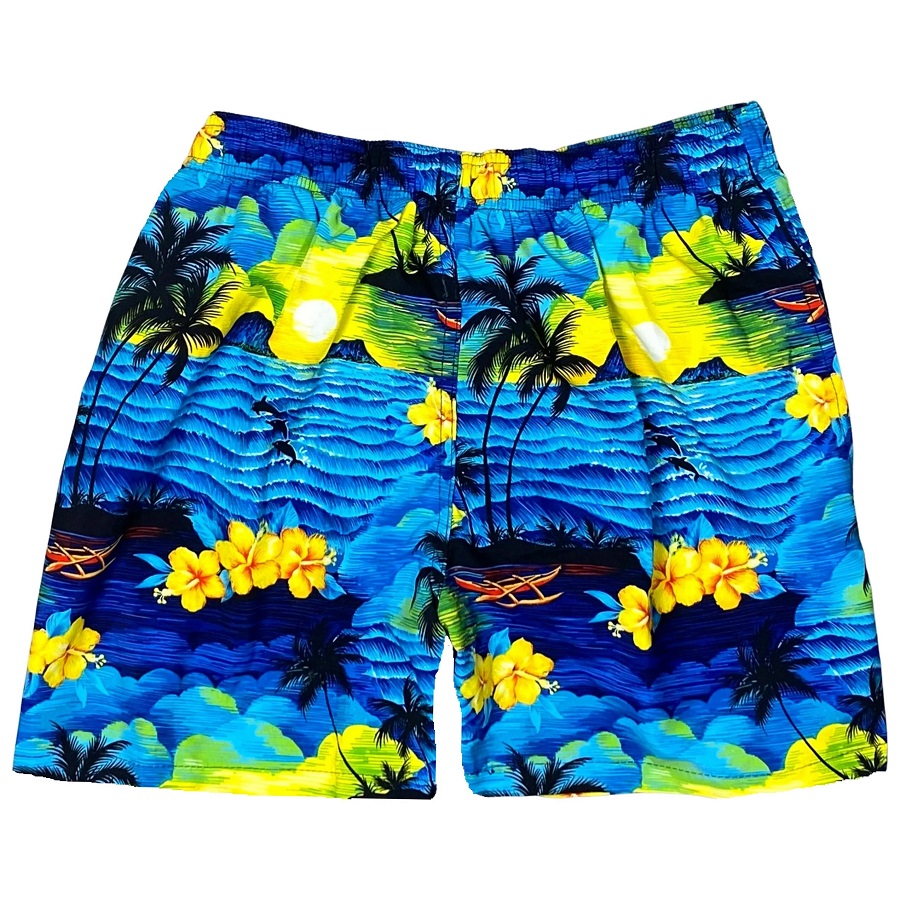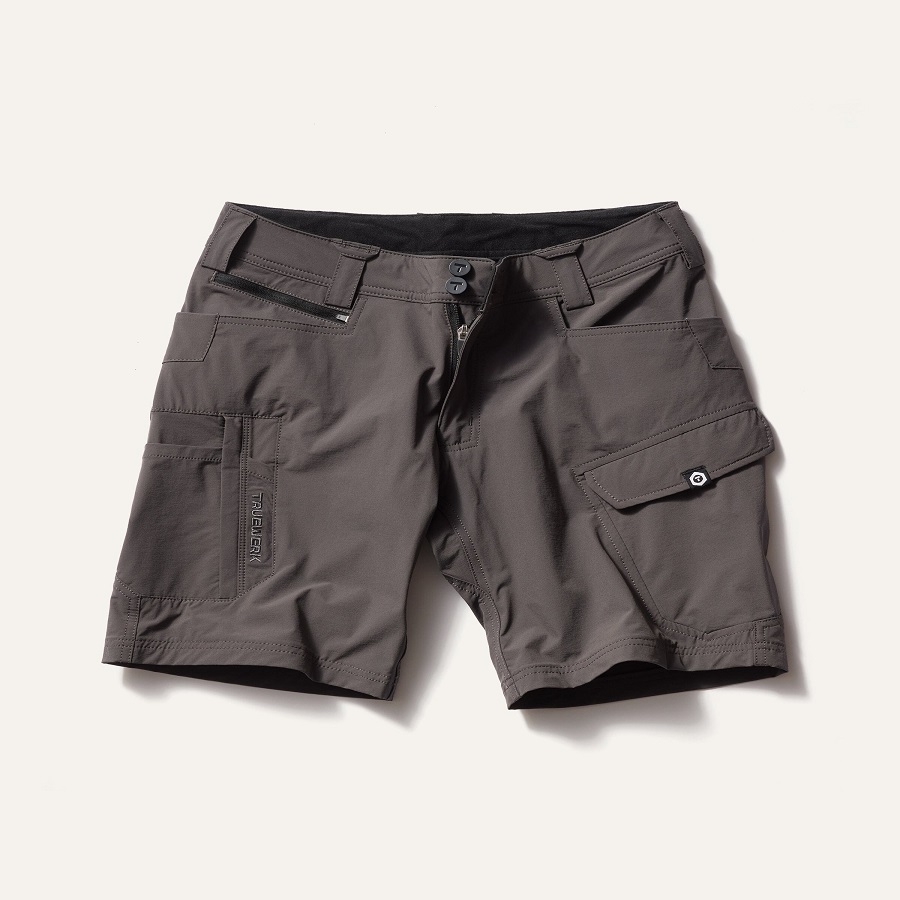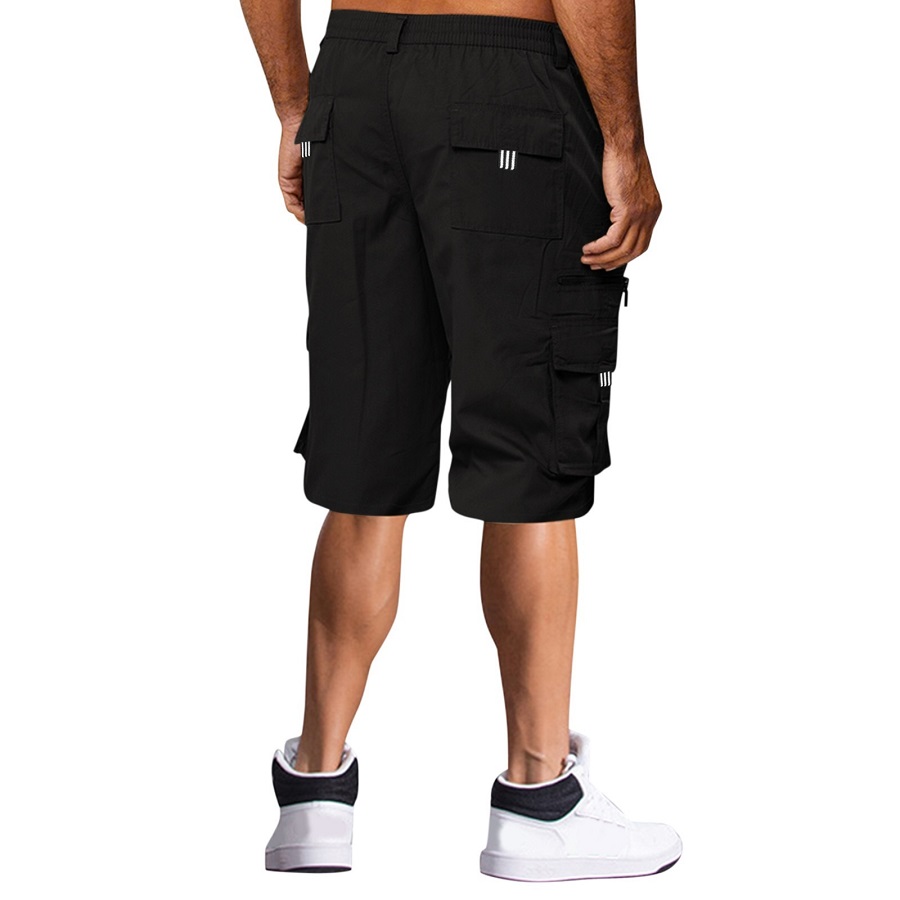Introduction: The Desire for Perfectly Fitted Shorts
How to shrink shorts? Finding shorts that fit just right can be a challenge. Often, we settle for a pair that’s close enough, hoping it will become a perfect fit over time. But why wait? Knowing how to shrink shorts at home can give you that custom fit without delay. From snug waistbands to the ideal length, you can achieve the look and comfort you desire. Before we dive into the process, it’s critical to identify which shorts in your wardrobe are good candidates for shrinking. This involves checking the fabric content, understanding the different materials’ behavior when exposed to heat, and setting realistic expectations for the outcome.

Identifying the Right Fabric for Shrinking
Before attempting to shrink your shorts, it’s crucial to identify the fabric type. Not all materials respond well to shrinking techniques, and selecting the ideal fabric ensures successful size reduction. Let’s explore which fabrics are suitable for this process and those that are more resistant.
Types of Fabrics Suitable for Shrinking
Cotton: A natural fiber known to respond well to heat. It tends to shrink with ease.
Wool: This material shrinks quickly when exposed to hot water and agitation.
Rayon: Made from cellulose, rayon can shrink significantly with heat application.
Spandex: While stretchy, spandex can tighten when subjected to high temperatures.
Remember that shrinking is more effective on natural fibers like cotton and wool. Synthetic blends may offer mixed results and often require repeated treatments.
Materials That Resist Shrinking
Nylon: A synthetic that holds its shape and size well during the washing process.
Polypropylene: Resists heat and moisture, maintaining its original form after washing.
Neoprene: A rubbery material that is stable and not prone to shrinking.
Lycra: Known for its ability to stretch and return to its original size, resisting shrinkage.
When considering how to shrink shorts, pay attention to fabric composition. Synthetic materials like nylon and lycra are less likely to shrink. Heat may not impact them as much as natural fibers. Always check the care label for fabric content before proceeding with the shrinking process.
Preparing to Shrink Your Shorts
Before you begin the shrinking process, preparation is key. You will need a few items and must consider certain factors to ensure successful shrinkage without damaging your shorts.

Necessary Items for the Shrinking Process
To shrink your shorts effectively, gather the following essentials:
- Hot water to initiate the shrinkage.
- A washing machine for the hot wash cycle.
- A dryer with a high-heat setting.
- A measuring tape to track size changes.
- Pins, clips, or ties for targeting specific areas.
- Fabric softener (optional) to relax the fibers.
Ensure you have these items on hand before starting, as they play crucial roles in the shrinking process for different fabrics such as cotton or wool.
Things to Consider Before Attempting to Shrink
Think about the following before shrinking your shorts:
- Fabric type: Only some materials shrink well. Check the label on your shorts.
- Shrinkage limit: Every fabric has a shrinkage cap. Do not expect more than it can give.
- Size check: Measure your shorts before shrinking to compare after the process.
- Wash and dry care: Different fabrics require different wash and dry heat levels.
- Outcome permanence: Shrinking is irreversible. Be sure before you proceed.
Keep in mind these considerations to avoid unwanted results and to shrink your shorts safely for a better fit.
Detailed Steps to Shrink Your Shorts
Shrinking shorts can give them the snug fit you seek. Here’s how to shrink your shorts properly.
Washing with Hot Water for Shrinkage
Start with a hot water wash to induce shrinking. Use the washer’s hottest setting fit for your fabric type. Skip the detergent for now, as it can prevent shrinking.
Using High Heat in the Drying Process
After washing, dry your shorts using high heat. Check your care label to see the highest safe temperature. The heat will further the shrinking effect.
Soaking Methods for Enhanced Shrinking
For extra shrinkage, soak your shorts in hot water before washing. A 30-minute soak will often do the trick. You can do this in a sink or basin.
Repeating the Process for Maximum Shrinkage
If shorts aren’t small enough, repeat the wash and dry steps. Two or three cycles may be needed for significant results. Ensure you measure after each cycle to check the size.
Focusing on Target Areas
Sometimes, it’s just the waistband or a specific area of the shorts that needs shrinking. Here’s how to focus on specific areas.
Techniques for Shrinking Specific Areas like the Waistband
If you need to shrink just the waistband of your shorts, there are targeted techniques you can use. Firstly, dampen the area that needs shrinking with warm water. Next, adjust the dryer to a medium or high heat setting, depending on the fabric’s tolerance. Securely tie or pin the waistband to maintain tension and concentrate the shrinking process on that specific area. After drying, check the fit with your measuring tape to ensure the desired shrinkage has been achieved.
Another method is ironing with steam. Set the iron to the appropriate heat level for the fabric. Apply steam directly onto the waistband area while stretching or pinning it as it cools down. This will help tighten the fibers in the targeted area without affecting the rest of the shorts.

Final Considerations Before Shrinking
Before you start the shrinking process, there are a couple of critical aspects to bear in mind. These points ensure you have realistic expectations and are prepared for the changes your shorts will undergo.
Understanding the Limits of Fabric Shrinkage
Every fabric type has a maximum amount it can shrink. Natural fabrics, like cotton and wool, can often shrink quite a bit. Synthetics, like polyester, may resist shrinking or only shrink a small amount. It’s essential to know the shrinkage limits of your shorts’ material. This way, you avoid aiming for an impossible fit.
Remember too that your shorts won’t shrink evenly in all directions. The weave of the fabric often means they may shrink more in one direction. Measure your shorts before and after to understand how they respond to heat.
Accepting the Permanence of Shrinking
Once you shrink your shorts, there’s no going back. Shrinkage is a one-time deal, with lasting results. Make sure you’re ready for a tighter fit and possibly shorter length. If you have doubts, it might be best to hold off.
Think about where you need more snugness. Is it the overall size or just the waistband? Focused shrinking like pinning, can target specific areas. But once done, your shorts will remain altered.
Achieving Your Desired Shorts Fit
In this guide on how to shrink shorts, we walked through selecting the right fabrics and the various steps for shrinking. We covered the essentials for preparation, the shrinkage process, and how to target specific areas. Finally, we touched on understanding fabric limits and the permanence of shrinkage.
With careful attention to these final considerations, you’re now set to achieve that perfect fit. Remember, patience and cautious steps are your best allies. Happy shrinking!

Conclusion: Achieving Your Desired Shorts Fit
You now have the know-how to shrink your shorts for a perfect fit. By checking the fabric type and using the right heat settings, you can tailor your shorts at home. Remember to use caution; once shrunk, the change is permanent.
Use hot water washes and high-heat drying to shrink cotton and wool shorts. Synthetic fabrics like nylon may not shrink as much. Measure your shorts before and after to keep track of changes.
For areas like waistbands, use targeted techniques like pinning or steam ironing. This helps shrink where you need it most.
So, before you shrink your shorts, think about the fabric limit and the lasting effect of shrinking. Plan well, follow the steps, and you’ll have a snug, stylish fit in no time. Happy shrinking!
